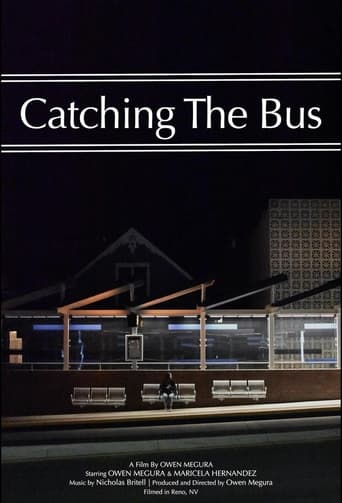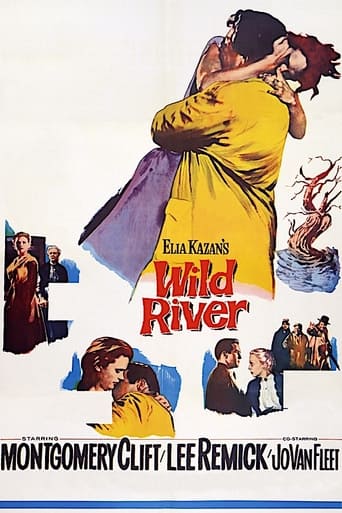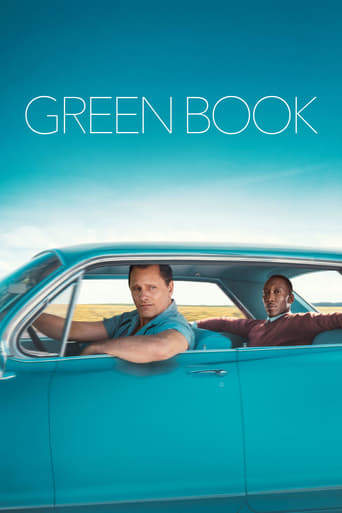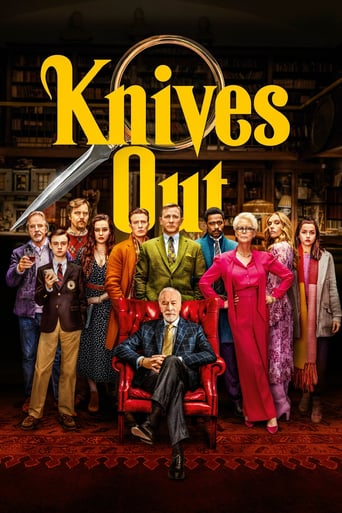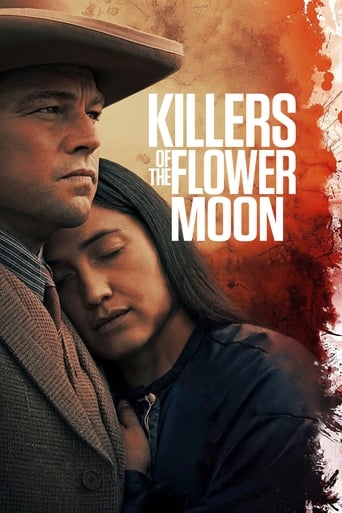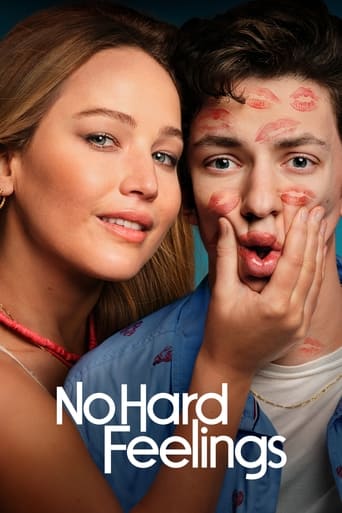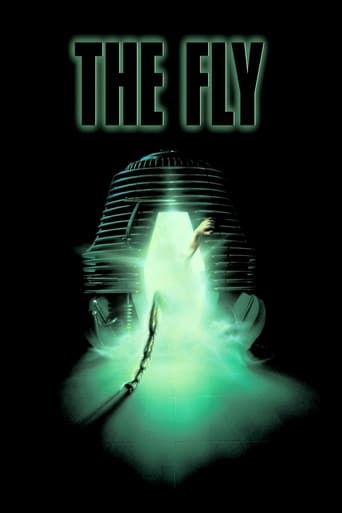


Salomé
Based on Oscar Wilde's play, the films tells the story of how Salomé agrees to dance for King Herod in return for the head of John the Baptist.
-
- Cast:
- Alla Nazimova , Nigel De Brulier , Mitchell Lewis , Rose Dione , Earl Schenck , Frederick Peters , Louis Dumar


Similar titles


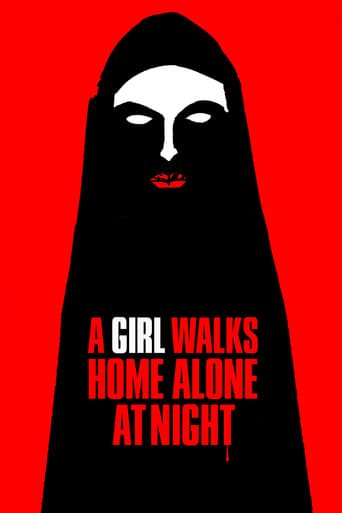
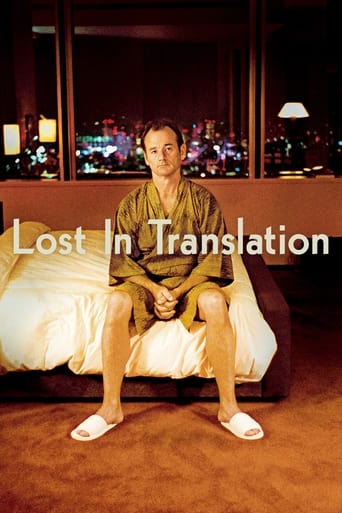
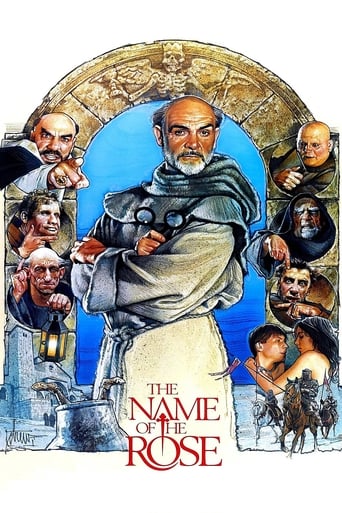
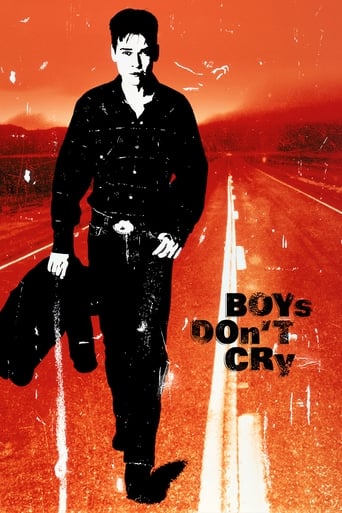
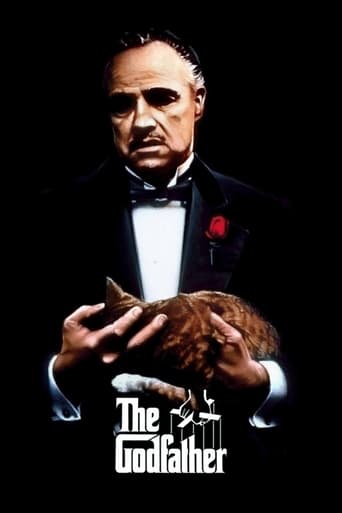

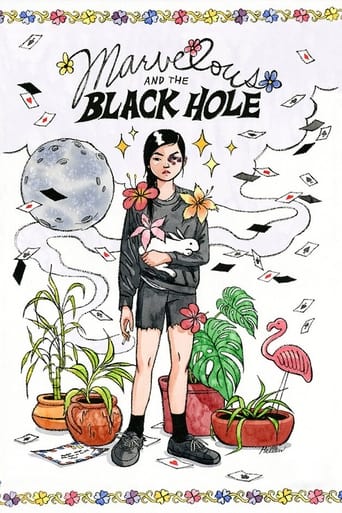
Reviews
best movie i've ever seen.
It is an exhilarating, distressing, funny and profound film, with one of the more memorable film scores in years,
The storyline feels a little thin and moth-eaten in parts but this sequel is plenty of fun.
It is encouraging that the film ends so strongly.Otherwise, it wouldn't have been a particularly memorable film
Alla Nazimova in the silent "Salome" at the Bird's Eye View Festival, National Film Theatre:The film and accompaniment were much more enjoyable than I'd been expecting -- both from what I'd heard of it and, alas, from last year's precedent of female performers... I can see why it has been described as too long: the whole thing is more operatic than filmic, and I do remember marvelling even at the time over the way that a single line in the Bible story -- "Bring me the head of John the Baptist!" -- is strung out over half-a-dozen shots before the detail of what Salome wants is even disclosed. Never mind the fact that it's repeated five or six times at great length before she actually gets Herod to agree...But the key to "Salome" is Aubrey Beardsley; apparently Nazimova deliberately set out to create a work of art based on the Beardsley illustrations to Oscar Wilde's play "Salome". As the lady who did the introduction told us: sometimes it's a bit too obvious that the director is more interested in reproducing the original illustrated poses than in any kind of dramatic plausibility!Now, I don't *know* the drawings for Wilde's "Salome", and even so I could recognise the inimitable Beardsley style. If her main concern was trying to animate the drawings, it's a brilliant job... But I found it quite compelling as an experience as well.Really it isn't a true silent film at all: it starts off with about six screens of pure text, for heaven's sake! It's a series of tableaux illustrating each utterance as it's given -- more like a ballet than a piece of cinema, only easier to follow the plot of... It's pure spectacle, with a cast of grotesques (the only one I didn't take to was the implausibly hairy Herodias -- I can guess at the sort of illustration that was supposed to echo, but that sort of hair just looks messy in photographs, as opposed to being delineated in wave after wave of close-drawn lines).But it didn't strike me as too long at all, and that was on account of the music. It was the sort of thing I'd never encounter normally, let alone choose to listen to -- just as I'd never normally subject myself to a heavily stylised, 'arty' film whose acting is about as artificial as it gets. ("Salome" is about as naturalistic as "Beyond the Rocks"... but it's so far over the top that it gets away with it, whereas the Swanson/Valentino picture just sags.) The performer was a young Indian-looking woman credited only as "Bishi", with an impressively long list of achievements and venues which meant nothing at all to me -- evidently we move in quite separate worlds. Her costume resembled that of Herodias, while her golden hairpiece would not have appeared amiss within the film itself.The music was a 'fusion' of sitar, electronica, live percussion, quarter-tone-sounding vocals and simple Western-style melodic lines to the song; quite indescribable and very alien and exotic to my ears. But for this queer off-beat decadent style it worked amazingly well: unsettling and beautiful in equal measure. Even snatches of English lyric over the action -- let alone over the intertitles! -- worked: the words she was singing were no part of the words on screen, and yet they formed an extra dimension describing the characters, and returned and fitted later, linking back. It was uncanny. During those long, long shots you were sitting there absorbed in the music, and the music and the images fed on one another...Casting was good. Herod was a loose-lipped tyrant weakling reminiscent of Charles Laughton's later Henry VIII; Nazimova is a tiny slip of a thing who can pass as a child (she must have been pushing forty when she made this, surely?); Jokanaan is an incredible beaky emaciated charismatic, wild and ugly and yet believable as an object of lust. Herodias I didn't care for (and the music didn't work so well where moments of comedy were intended).Costumes and make-up are... so far over the top as to be an art in themselves. Again, the reference is clearly Beardsley. We don't get to see the severed head, which is a bit surprising -- it's usually the pièce de résistance of the special effects department -- but probably a wise decision, as the idea of kissing one of those smeared drained mutton-like objects is always deeply unalluring! The image of blood seeping over the moon, on the other hand, is uncanny.Apparently the American press were deeply suspicious of the film on its release, while the English press said it was Great Art... "Salome" is far too static and wordy to be a feature film in the terms of 1923: it's verging on being experimental art (Nazimova supposedly thought of it in terms of a Russian ballet). But in combination with the music of Bishi it's a mesmerising experience unlike any normal cinematic entertainment. I found it still a little stilted at times ("thou rejectedst me"!?) but in its own terms very largely successful.If I'd known what I was getting into, I shouldn't have gone. But I'm certainly glad that I did!
If you enjoy recent independent films and you are not threatened by silent films, then "Salome" is a film you need to watch at least once. It bears small relationship to Wilde's original work, since Wilde worked in language and the film is, of course, limited to title cards. But it was (and remains) an interesting experiment that stands up well with many other silent classics. The camera work is pretty pedestrian and the performances are typical for that era, but the costuming and sets are fairly daring.Nazimova really pulls it off as the 14-year-old Salome, though Mitchell Lewis and Rose Dione don't fare as well. The supporting actors are quite good as they ham it up. (Between the costuming and the mincing portrayals, this is about the "gayest" film prior to "Priscilla, Queen of the Desert".) It's been 85 years since this film was produced and I have yet to see a better light-bulbs-in-the-hair do than Salome's. You really have to give Rambova (and Beardsley) credit for their vision.As for the story...you guessed it: John the Baptist dies.Give this short silent flick a chance, if you have the opportunity.
This film is the culmination of the silent era. Through the blending of mystical dance, conceptual art, and unprecedented design, Nazimova and Rambova take us all beyond the confines of any set time or place and into the murky, ever changing tides of creativity. There is simply an essence radiating from behind each scene or perhaps even filtering out through it. It's up to the viewer to give this energy it's own ideal. Few films attempt this type of transparent mysticism. One is left with the distinct impression that more than a classical tale is being told. I highly recommend this film as an addition to any collection. It's not your average black and white, but then again the distinction of difference is well-deserved.
Oscar Wilde's 1892 retelling of the Bible story of Salome, who danced before Herod to win the death of John the Baptist, was considered so depraved that the High Lord Chamberlain of England refused to grant it a license for public performance--and in the wake of Wilde's scandalous exposure as a homosexual and his subsequent imprisonment, all of Wilde's plays were swept from the stage. Wilde, who died in 1900, never saw his play publicly performed.The worth of Wilde's plays were reestablished by the 1920s, but even so SALOME, with its convoluted and exotic language and hothouse sense of depravity, remained something of a theatrical untouchable--and certainly so where the screen was concerned. No one dared consider it until Russian-born Alla Nazimova, who is generally credited with bringing Stanislaski technique to the New York stage, decided to film it in 1923.It proved a disaster. Theatergoers in large cities might be prepared to accept Wilde's lighter plays, but Main Street America was an entirely different matter--especially where the notorious SALOME was concerned, particularly when the film was dogged hints of Nazimova's lesbianism and by the rumor that it had been done with an "all Gay cast" in honor of Wilde himself. Critics, censors, and the public damned the film right and left. It received only limited distribution and faded quickly from view. Even so, the legend of both the film and its exotic star grew over time.Given that much of the original play's power is in Wilde's language, SALOME suffers from translation to silent film--the title cards are often awkwardly long, and in general fail to convey the tone of Wilde's voice; moreover, the convolutions of the original have been necessarily simplified for the silent form. Even so, it is a remarkable thing in a purely visual sense. Directed in a deliberately flat style by Charles Bryant and designed by Natacha Rambova (wife of Valentino, she would also design Nazimova's silent CAMILLE), the look of the film seeks to reproduce the playscript's equally infamous illustrations by Aubrey Beardsley--and succeeds to a remarkable degree.And then there is Nazimova herself. Well into her forties at the time she played the teenage Salome, Nazimova is an electric presence: while she often shows her years in close up, she is remarkably effective in capturing the willful, petulant, and ultimately depraved Salome in facial expression and body posture, balancing an over-the-top style with moments of quiet realism to most remarkable effect. The supporting cast is also quite memorable, with Mitchell Lewis (Herod) and Rose Dione (Herodias) particularly notable.I would hesitate to recommend this film anyone other than someone already well versed in silent movies--and even then I would give the warning that it is unlikely to be what you thought it would. Still, this is a classic of its kind, and fans of silent cinema are urged to see it.Gary F. Taylor, aka GFT, Amazon Reviewer

